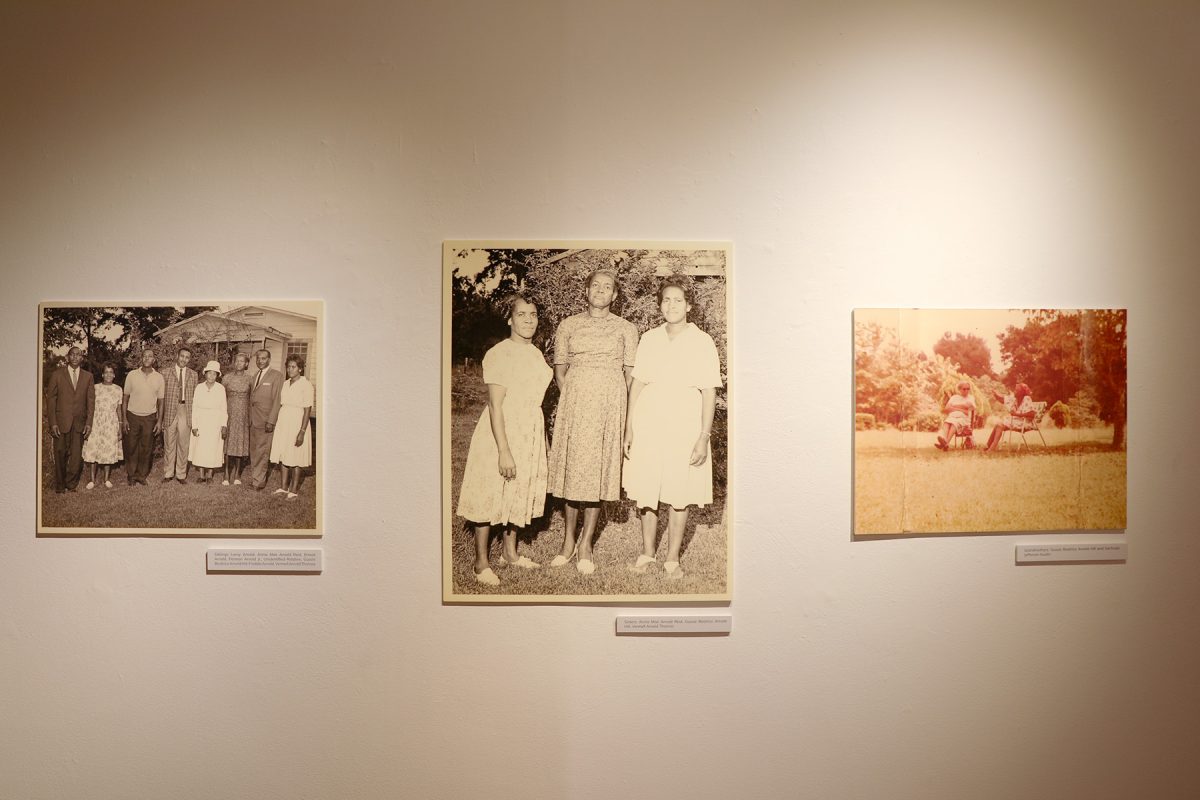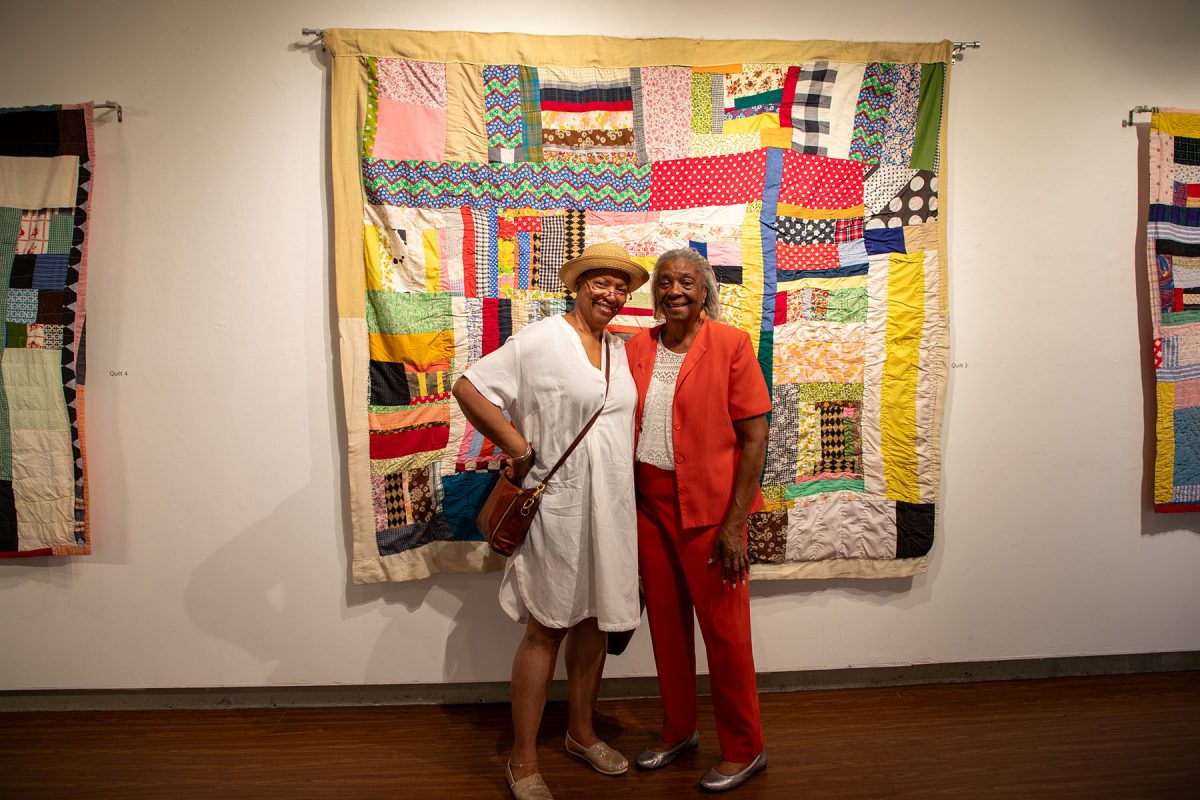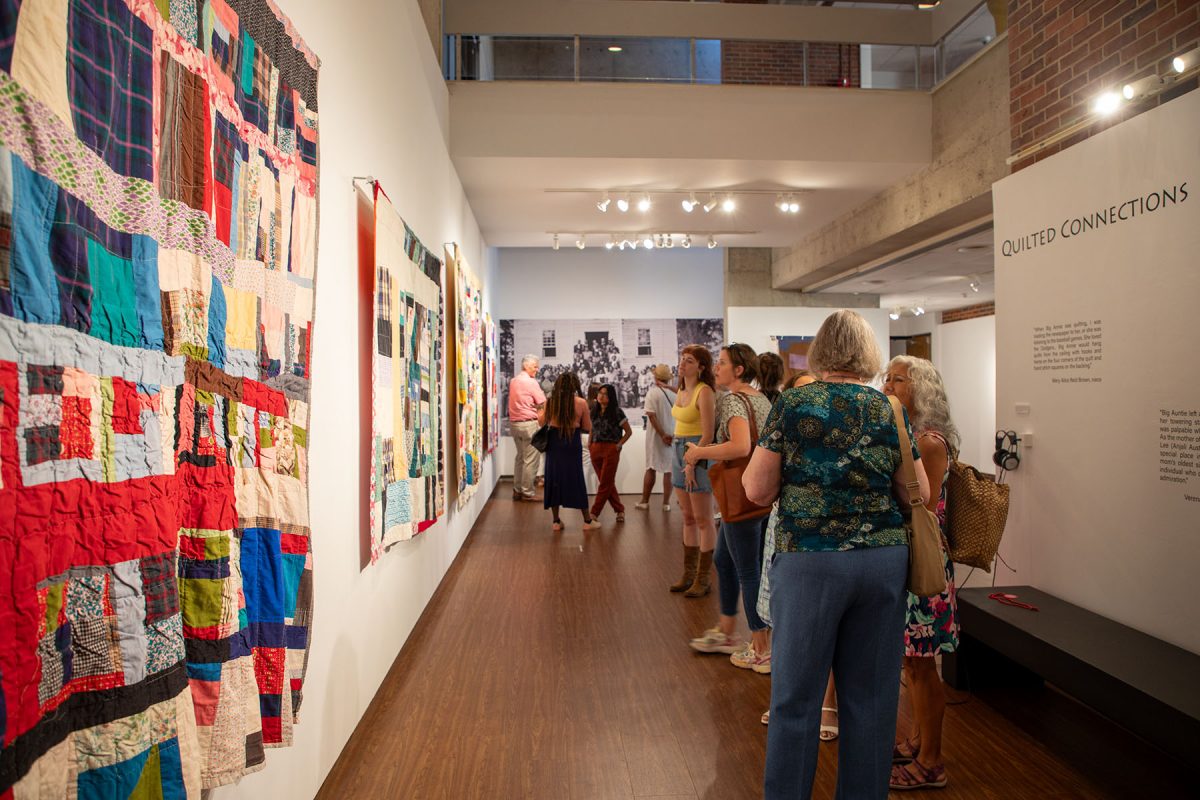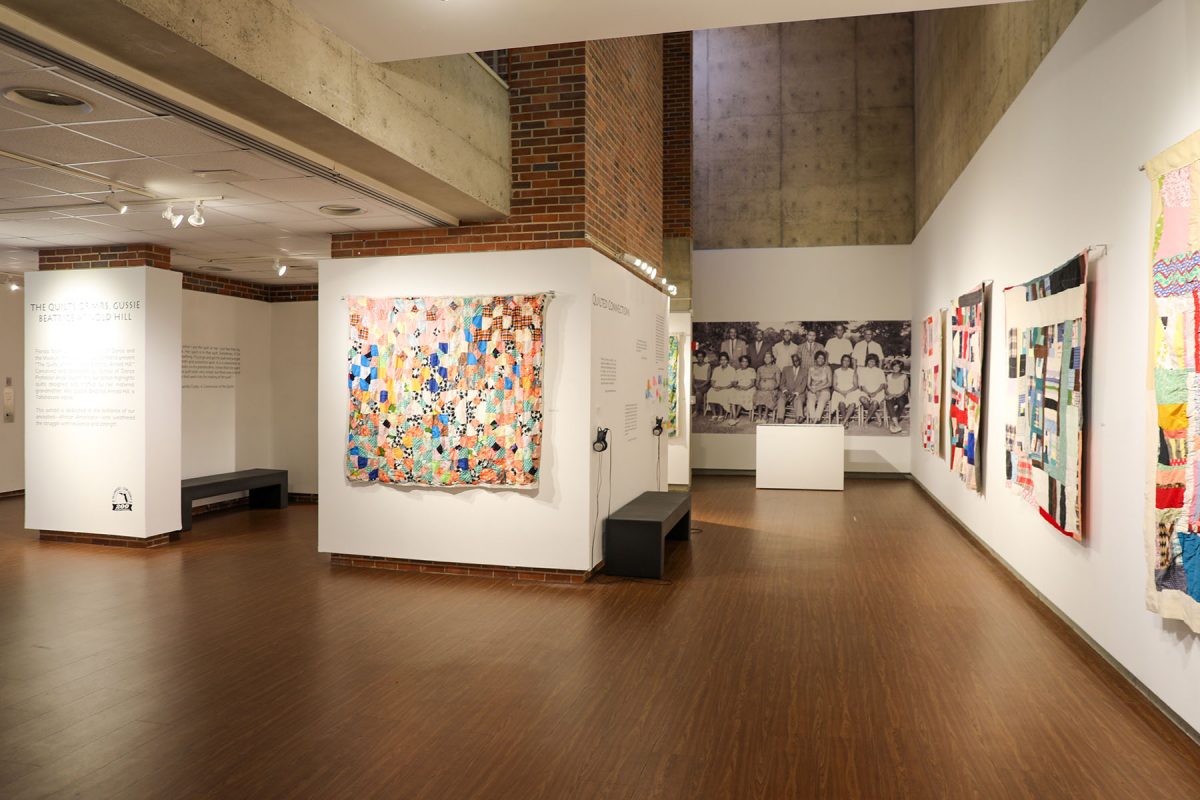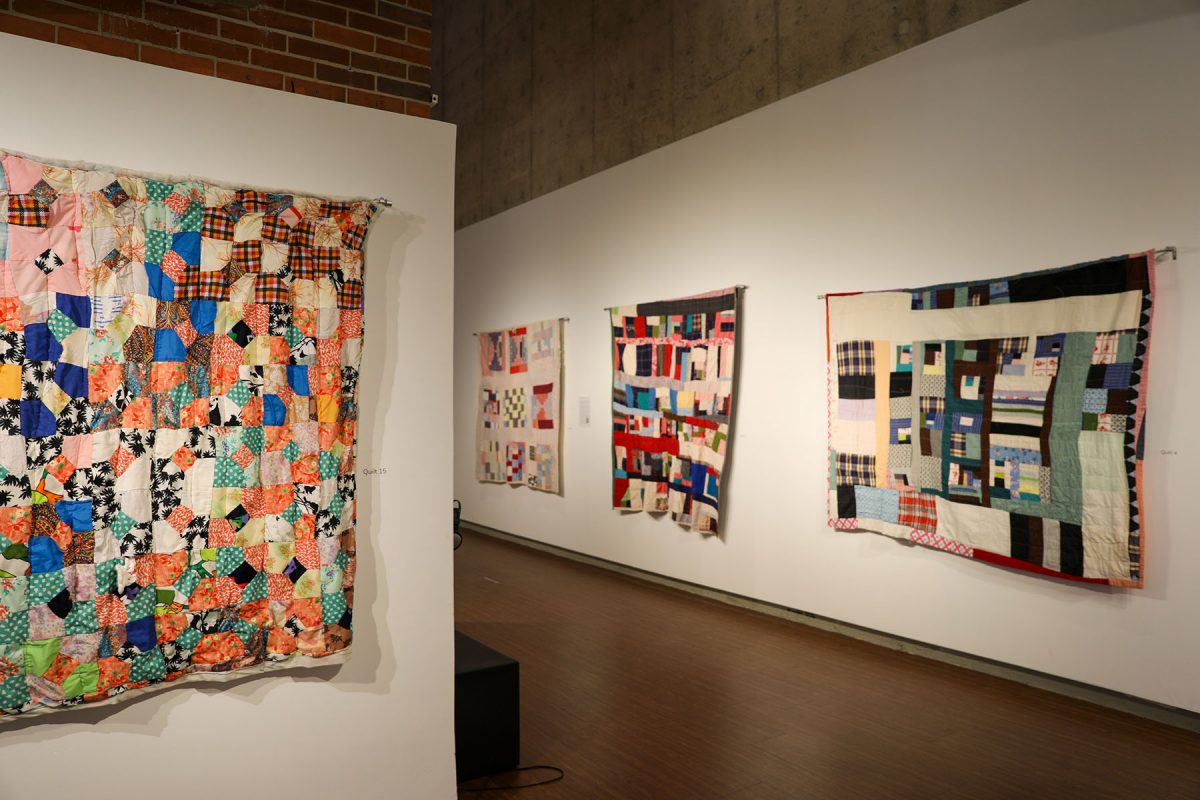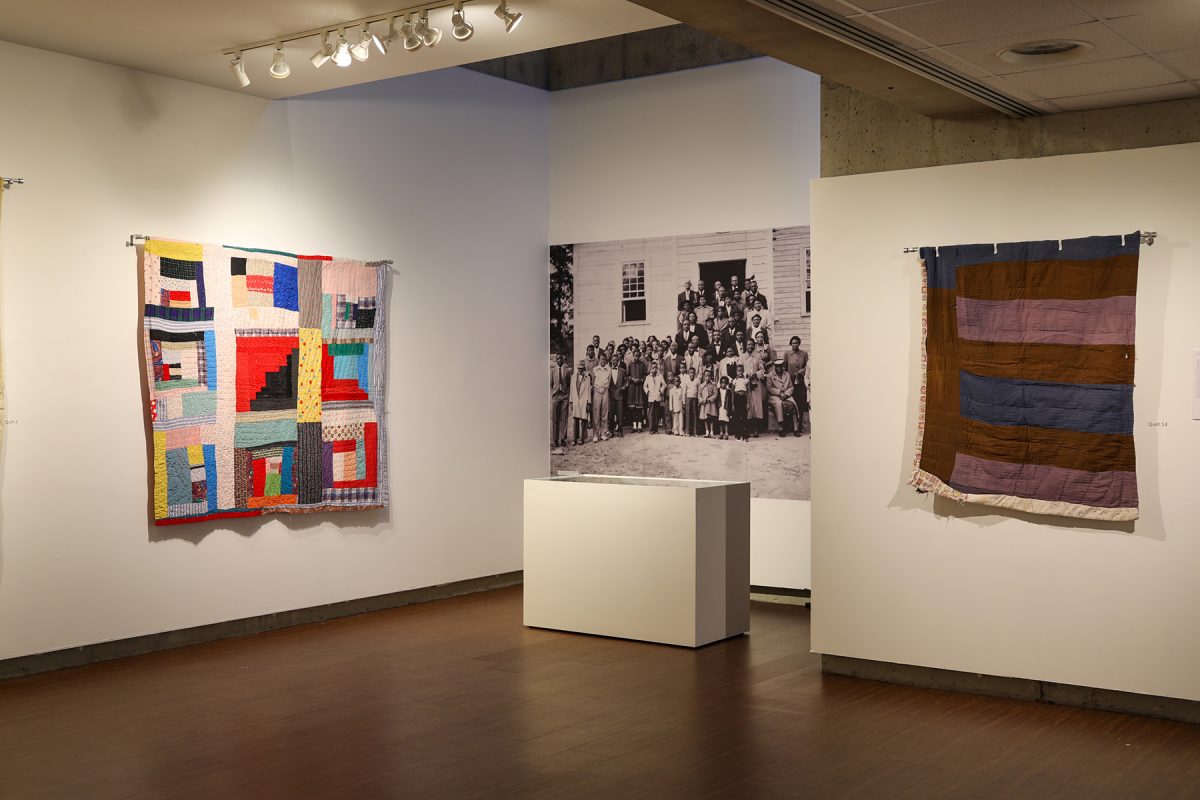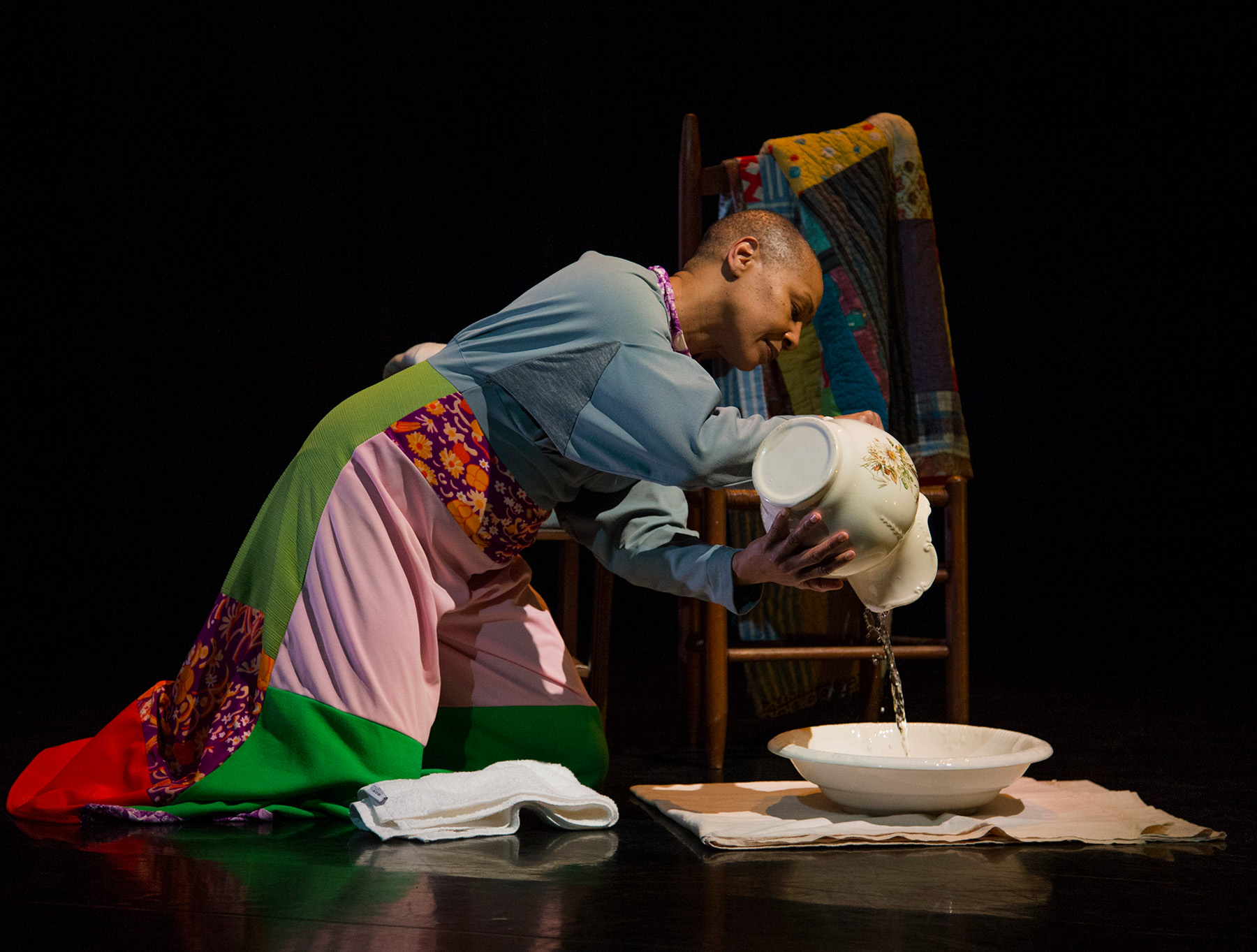
For nearly 30 years, Anjali Austin, professor and chair of Florida State University’s School of Dance, has trained and inspired some of the world’s leading performers, choreographers and teachers in Tallahassee. However, her roots in the community run much deeper.
Austin is sharing her family’s heirlooms and history — five generations’ worth — through an ongoing quilt exhibit at the FSU Museum of Fine Arts and a performance of her original work, “Live Oak,” at 7:30 p.m. Thursday, Oct. 3, at the Nancy Smith Fichter Theatre. “Live Oak” features Austin, who offers memories of her heritage and lineage through spoken word, movement and voice.
These deeply personal explorations of family history and resilience are recognized as part of the city’s 200-year anniversary, celebrating the diverse communities that have shaped Leon County’s history.
“Anjali Austin’s contributions to Florida State University through her expert instruction in dance and physical conditioning, as well as her active engagement as a creative and performing artist, have helped to define what it means to be a graduate of the FSU School of Dance for the many alums who were fortunate to study with her during her long tenure here,” said James Frazier, dean of the College of Fine Arts. “We are honored to count her as a member of our community, and very excited for her to share her story through this performance and exhibition.”
Both the exhibition and the performance showcase a collection of quilts, which Austin inherited from her maternal grandmother, Mrs. Gussie Beatrice Arnold Hill. They mark the culmination of more than a decade of work, which the artist started as part of her MFA in Interdisciplinary Arts research at Goddard College in 2013.
“Being able to be here at Florida State University, a place where my elders could work but not attend classes, is truly stunning,” Austin said. “They couldn’t study here, but now, having them included in the exhibit is a profound gift. It’s not just a visual experience; it feels like they are being acknowledged for their time and contributions to this community. They are also being recognized for instilling in us, the younger generation, the hope and aspirations for a future they couldn’t envision for themselves.”
As Austin examined and explored the quilts, she uncovered deeper historical meanings behind them.
“It was a powerful and overwhelming moment, and I came to realize this was the first time these quilts had been spread out in their entirety, all together, in one space, ever. It was vast,” Austin said. “Before me, the quilts began to breathe and the energy in the room changed. My ancestors had awakened. Suddenly, I had the urge to touch each one. Not just touch with my hand but walk on them to feel their energy through the soles of my feet, and to look and see each one. Really see their patterns, colors, shapes, tears, stains, stitching and anything else they offered. I made a point not to touch the floor with my bare feet until this ritual was complete.”
African American quilts were an integral part of the Underground Railroad. Specific signs and symbols were embedded as part of their designs to help slaves move north and escape slavery.
“Jolting though this may be, it was the reality of life in the south for people of color,” Austin said. “Grandmothers and mothers created these quilts, knowing they might never see their loved ones again, but wanting them to avoid the suffering they endured.”
This December, Austin will retire and return to her creative pursuits, continuing to evolve as an artist through performance and developing new choreographic and theatrical works.
“I have been very fortunate to be here at FSU, mentored by so many people within and outside the department, and guided in particular and fruitful ways,” she said. “Coming from a ballet background and teaching ballet here, I also began to develop more of my theatrical skills, which I’ve always been interested in. This feels like a full circle moment, a tribute to my ancestors and the direction I want to go as an artist. I aim to return to an artistic lifestyle, move into other areas and continue training. My time and experiences at FSU and in the School of Dance will serve as an anchor for me as I move toward and into next steps and opportunities.”
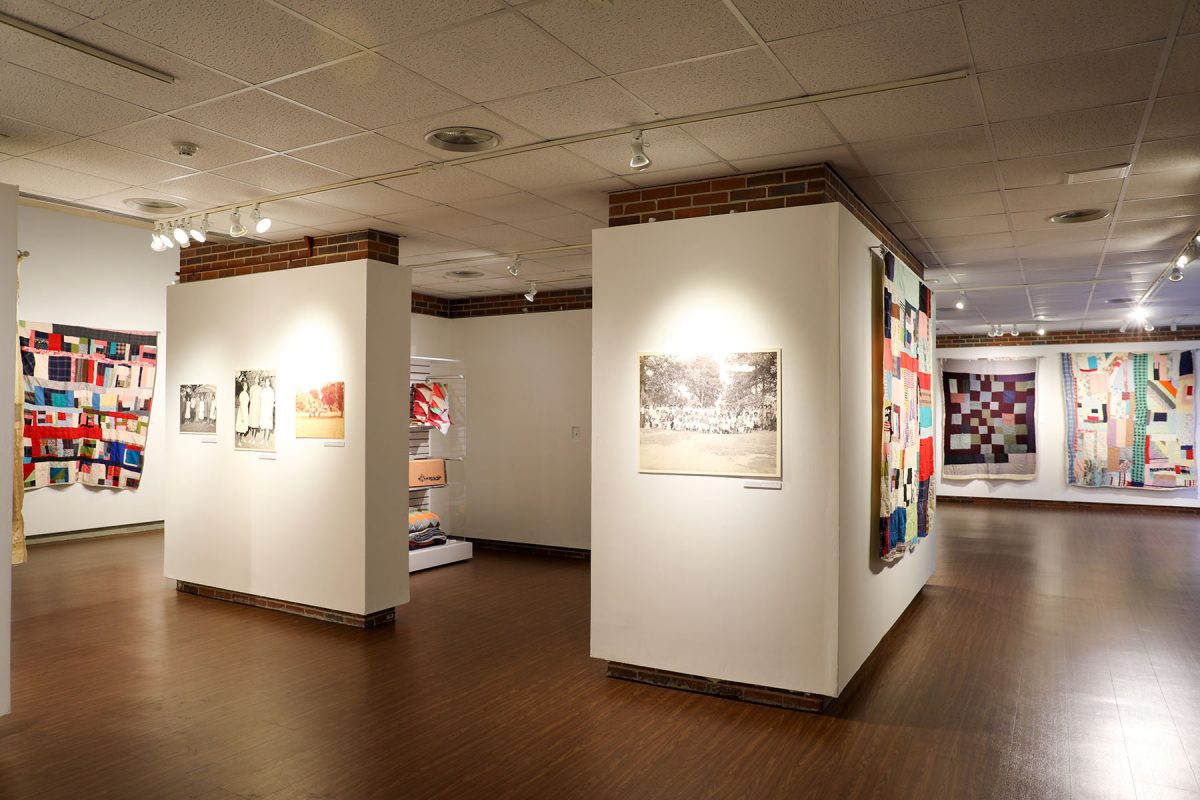
Tickets for “Live Oak” can be purchased online at tickets.dance.fsu.edu.
“The Quilts of Mrs. Gussie Beatrice Arnold Hill” is on exhibit now through Feb. 8, 2025, at the FSU Museum of Fine Arts.
“We are thrilled to present this remarkable exhibition at the MoFA as part of our contribution to the City of Tallahassee’s bicentennial celebration,” said Kaylee Spencer, director of the Museum of Fine Arts. “This show, by one of the most renowned members of our creative community, captures the rich spirit of our city, connecting deeply with Tallahassee’s unique history. Through this exhibition and our programming around it, we are honored to play a role in giving more visibility to an important aspect of cultural heritage that has shaped this city.”
For more information, visit mofa.fsu.edu and dance.fsu.edu.




